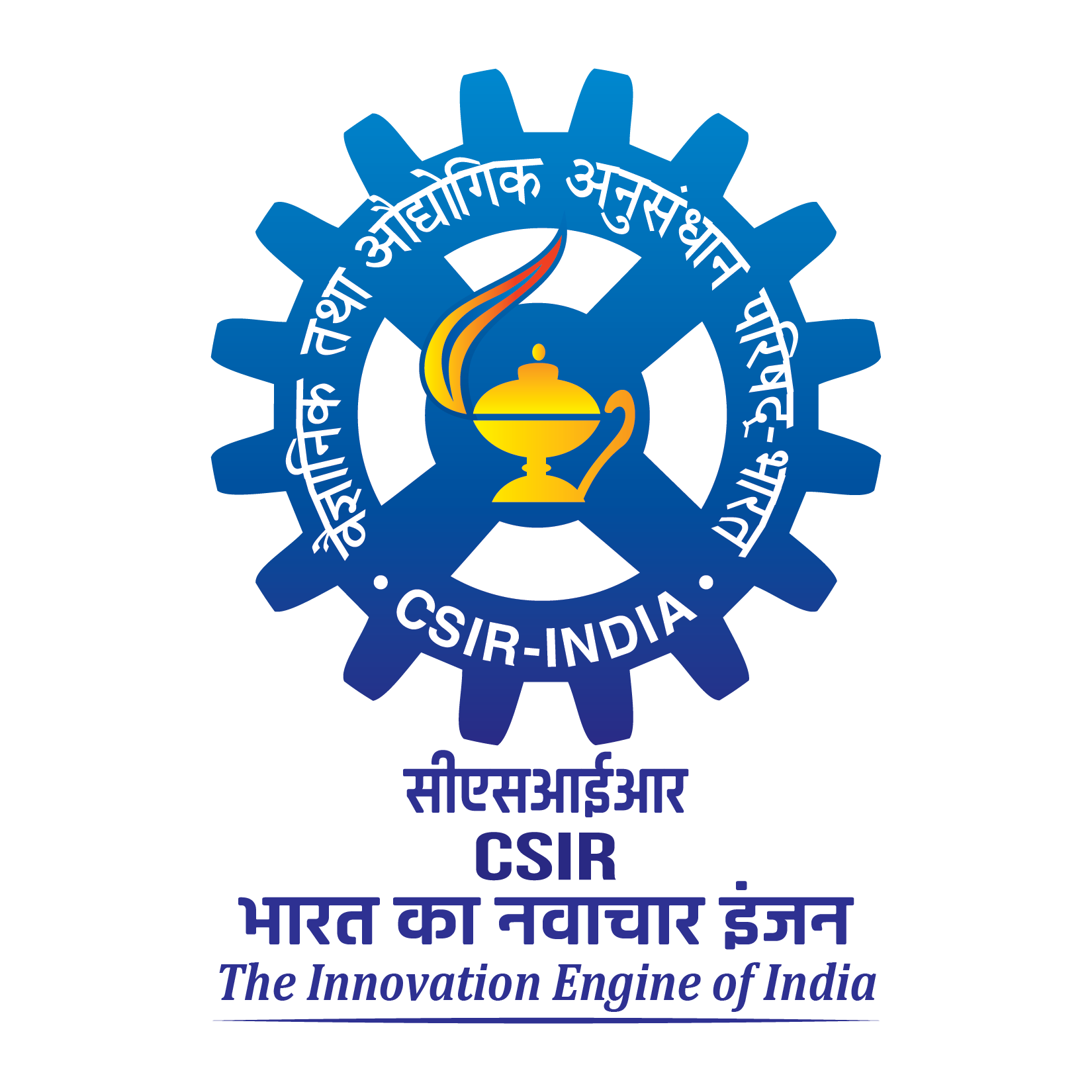by Smrati Purwar, Ajay Bankar, V Rakesh, Suelynn Choy, Haobo Li, G N Mohapatra & Yuriy Kuleshov
This study delves into the assessment of the impact of assimilating two kinds of Global Navigation Satellite System (GNSS) observations (ground-based (GB) and space-based) in the prediction of extreme rainfall events (EREs). We consider seven distinct sources of GNSS radio occultation (GNSS-RO) observations as GNSS space-based observations, with six of them (COSMIC1, KOMPSAT5, MetOPA, MetOPB, TerraSARX, TanDEMX) being combined to form a group of Global Positioning System (GPS)-RO observations, while COSMIC-2 (C2), which receives signals from GPS and GLObal NAvigation Satellite System (GLONASS), is handled independently. The study is conducted over the southern state of India, Karnataka, for 16 EREs that occurred between October 2019 and December 2020. The zenith tropospheric delay (ZTD) from International GNSS Service (IGS) GB stations and refractivity data from GNSS-RO (GPS-RO and C2) are assimilated in the Weather Research and Forecasting (WRF) model for forecasting these EREs. The results indicate that the assimilation of ZTD from GNSS-GB observations does not significantly improve the forecast due to an insufficient number of observations, whereas the improvement through the assimilation of refractivity profiles from GPS-RO observations is significant even with a smaller number of observations, due to the high vertical resolution of the profiles. The assimilation of GNSS-GB and GPS-RO observations improves the humidity, temperature, and winds at different vertical levels which leads to improvement in the rainfall prediction, particularly in the interior part of Karnataka. Furthermore, the assimilation of C2 observations proves highly advantageous, resulting in significant improvements across forecasted weather parameters and rainfall when compared to GNSS-GB and GPS-RO. These improvements in weather parameters due to assimilation result in a substantial improvement in rainfall by 17% for assimilation of C2 and 21% for assimilation of all GNSS observations (GNSS-GB, GPS-RO, and C2) across most of the regions, including coastal and south interior parts of Karnataka. This study delves into the assessment of the impact of assimilating two kinds of Global Navigation Satellite System (GNSS) observations (ground-based (GB) and space-based) in the prediction of extreme rainfall events (EREs). We consider seven distinct sources of GNSS radio occultation (GNSS-RO) observations as GNSS space-based observations, with six of them (COSMIC1, KOMPSAT5, MetOPA, MetOPB, TerraSARX, TanDEMX) being combined to form a group of Global Positioning System (GPS)-RO observations, while COSMIC-2 (C2), which receives signals from GPS and GLObal NAvigation Satellite System (GLONASS), is handled independently. The study is conducted over the southern state of India, Karnataka, for 16 EREs that occurred between October 2019 and December 2020. The zenith tropospheric delay (ZTD) from International GNSS Service (IGS) GB stations and refractivity data from GNSS-RO (GPS-RO and C2) are assimilated in the Weather Research and Forecasting (WRF) model for forecasting these EREs. The results indicate that the assimilation of ZTD from GNSS-GB observations does not significantly improve the forecast due to an insufficient number of observations, whereas the improvement through the assimilation of refractivity profiles from GPS-RO observations is significant even with a smaller number of observations, due to the high vertical resolution of the profiles. The assimilation of GNSS-GB and GPS-RO observations improves the humidity, temperature, and winds at different vertical levels which leads to improvement in the rainfall prediction, particularly in the interior part of Karnataka. Furthermore, the assimilation of C2 observations proves highly advantageous, resulting in significant improvements across forecasted weather parameters and rainfall when compared to GNSS-GB and GPS-RO. These improvements in weather parameters due to assimilation result in a substantial improvement in rainfall by 17% for assimilation of C2 and 21% for assimilation of all GNSS observations (GNSS-GB, GPS-RO, and C2) across most of the regions, including coastal and south interior parts of Karnataka.

